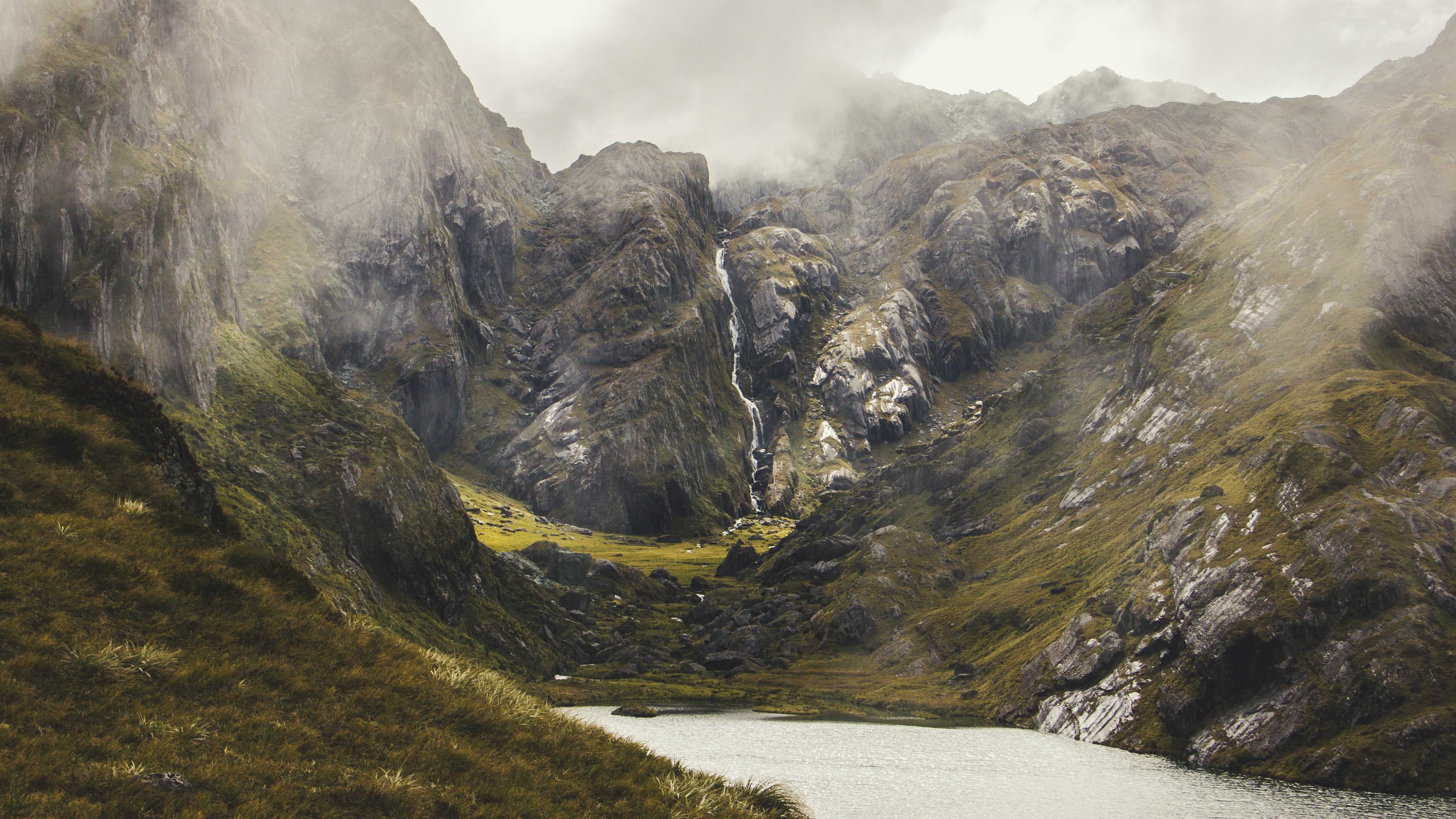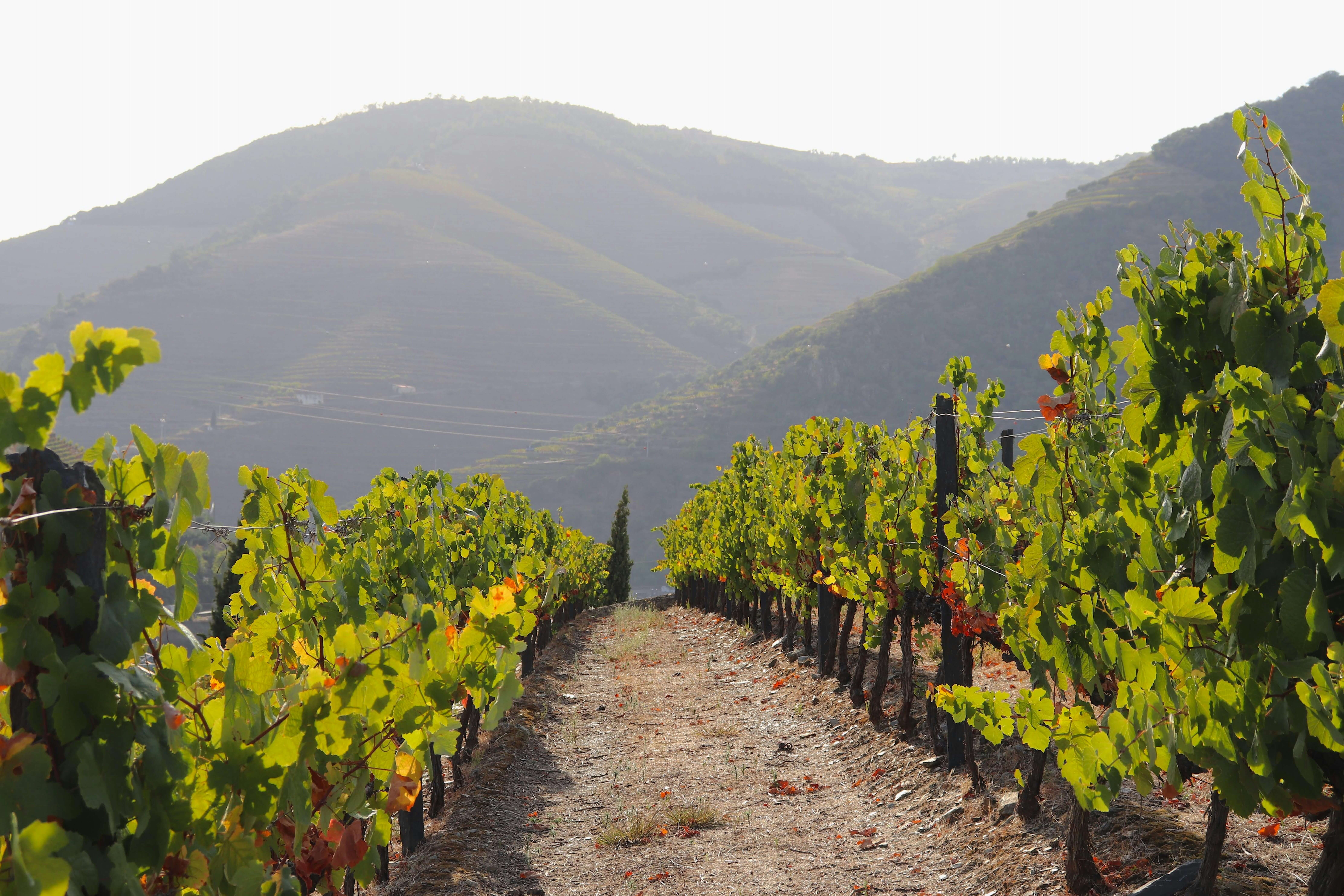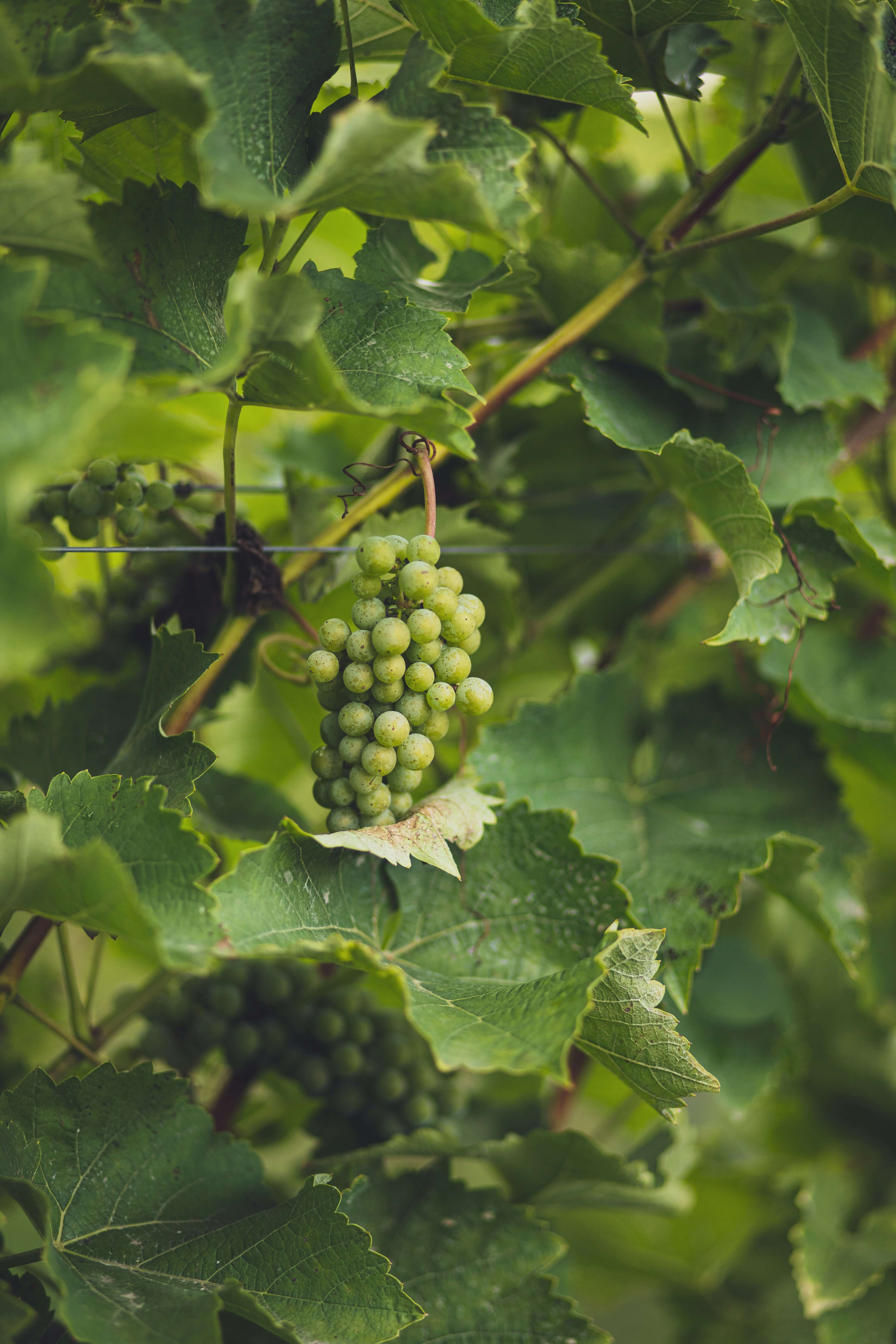BLOG
Central Otago’s ancient soils: the foundation of our Pinot Noir

A landscape shaped by time
Origins of schist soils
Central Otago is defined by geology that predates human history. Jagged schist cliffs rise above sun-baked plains, their fractured stones scattered across the valley floor. These rocks have weathered for over 400 million years, breaking down into mineral-rich soils that now host Pinot Noir vines. The landscape was carved by glaciers, winds, and rivers, leaving terraces of gravel, quartz, and sand. Vines planted here must struggle in poor, fast-draining soils, sending roots deep to access nutrients and water. This effort builds resilience and shapes the character of the grapes. Each block reflects the imprint of time, making soil the foundation of wine style.
Terroir and the vine
The terroir of Central Otago combines soil and climate in a unique way. Days are warm and full of sunlight, pushing grapes toward ripeness, while nights are cool, often dropping more than twenty degrees. This diurnal shift preserves bright acidity, essential for Pinot Noir’s freshness. Glacial alluvium soils drain quickly, forcing roots deeper, which increases concentration of flavor. Each parcel has its own microclimate, and by harvesting single blocks, the character of each site is respected. Some bring fruit intensity, others minerality or herbal lift. Together, they build a mosaic of flavors and textures, giving the wine precision and depth.

Precision in vineyard and cellar
Low yields for intensity
China Girl’s vineyard practices focus on quality through low yields. Grapes are thinned by hand to limit quantity, concentrating the vine’s energy on fewer clusters. This leads to grapes with more intensity, aroma, and structure. The approach respects the natural balance of the vineyard rather than pushing for excess. Fewer clusters mean flavors are sharper, acidity remains balanced, and complexity develops. These choices reflect a philosophy that values expression over abundance. Each harvest becomes a translation of the year’s conditions, combining climate and soil into fruit that is true to its origin and capable of producing layered wines.
Gentle winemaking
In the cellar, restraint defines the work. Pump-overs and punch-downs are carried out with care, enough to extract color and structure but never so much that they mask terroir expression. Filtration and fining are avoided, allowing the wine to clarify naturally over time. By keeping interventions minimal, the voice of the vineyard remains intact. The goal is not to control but to reveal, letting the schist soils and seasonal conditions speak through each bottle. Every vintage becomes a document of its year, a wine that shows where it comes from without alteration, shaped by patience and observation.


Tasting the essence of schist
Aromas and flavors
When you raise a glass of China Girl Pinot Noir, the vineyard’s signature becomes clear. Aromas of rose petal and wild thyme lift from the glass, precise and delicate. On the palate, red cherry and cranberry unfold across a slate-like minerality that reflects the strength of schist soils. These flavors are balanced by freshness from acidity preserved during cool nights. The combination builds a wine that is vivid yet refined. Each sip links directly to the land, showing the influence of geology, climate, and care. This aromatic and structural balance defines the house style of China Girl Pinot Noir.
A lasting impression
The finish of China Girl Pinot Noir leaves a pure and invigorating trace. Fresh acidity and minerality linger, reminding you of the ancient soils that formed the wine. No filtration or heavy intervention interrupts the expression, so what you taste is the vineyard itself. Each bottle becomes an echo of history, carrying the memory of schist cliffs weathered over millions of years. By respecting terroir in both vineyard and cellar, the wine gains clarity and depth. It is not manufactured but revealed, with soil, climate, and patient craftsmanship working together to deliver a faithful expression of place.
